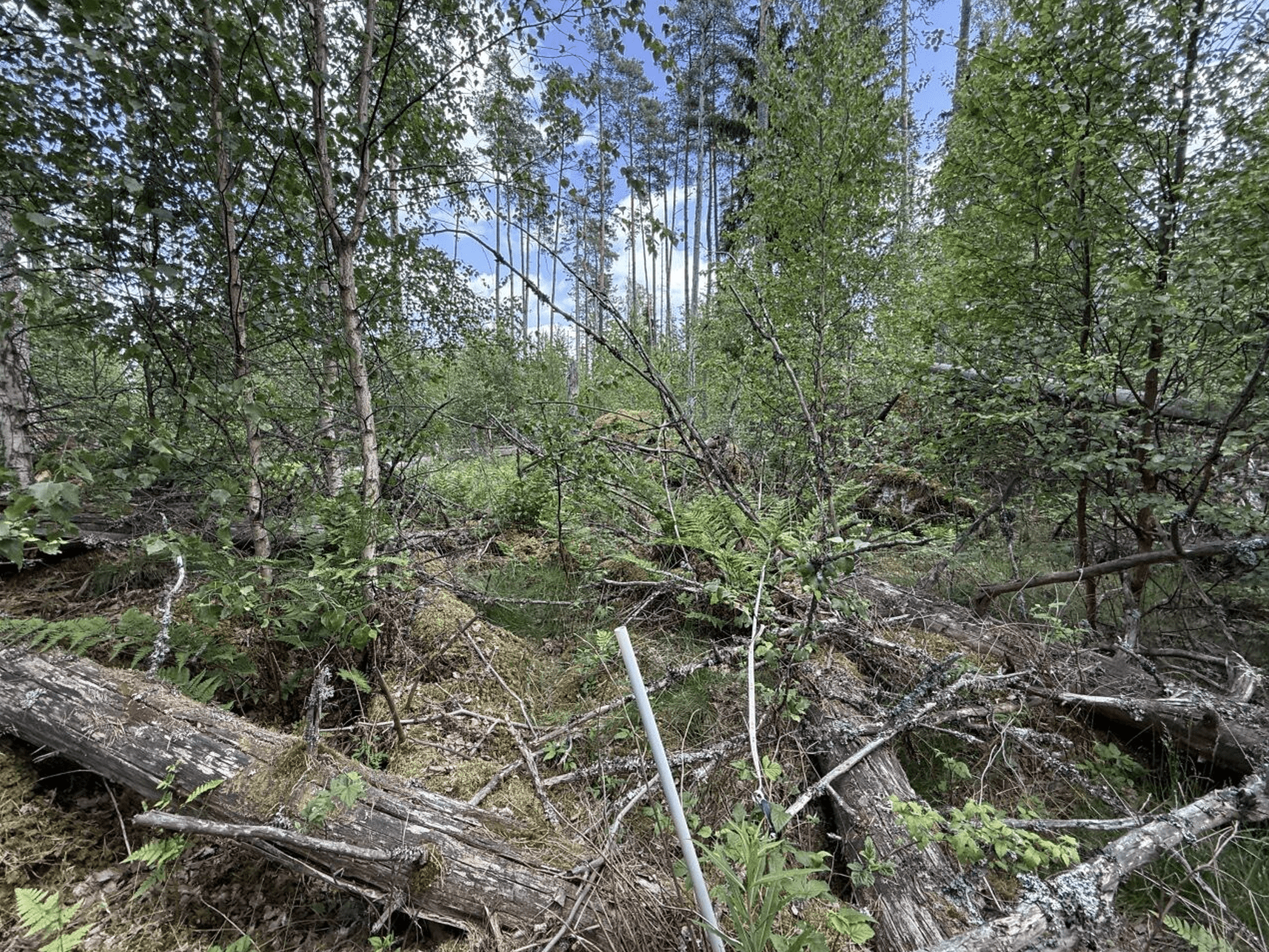The unmanaged forested ICP Integrated Monitoring site Aneboda, which is associated with Asa Research Station, was severely affected by bark beetles after a relatively low impact of the storm Gudrun in 2005. The bark beetles killed almost all spruces larger than about 10 cm in diameter over the subsequent years. A recent study on carbon balance at the site, summarized in English in the 34th ICP IM annual report, has shown that the storm and subsequent bark beetle attacks fundamentally altered carbon storage patterns, converting the forest from a carbon sink dominated by living biomass to a system with massive dead wood carbon pools. However, as the site has been allowed to regenerate naturally the rapid regrowth of mainly birch and beech have so far balanced the decomposition of the dead wood and the total above ground carbon pool has remained in a stable state the over the last 15 years.

Trees affected by bark beetles outbreak at Aneboda (photo: James Kurén Weldon)